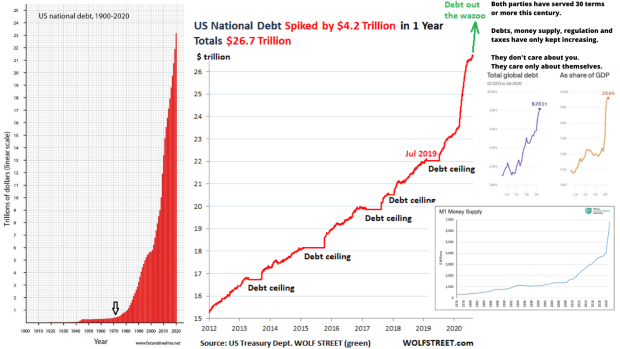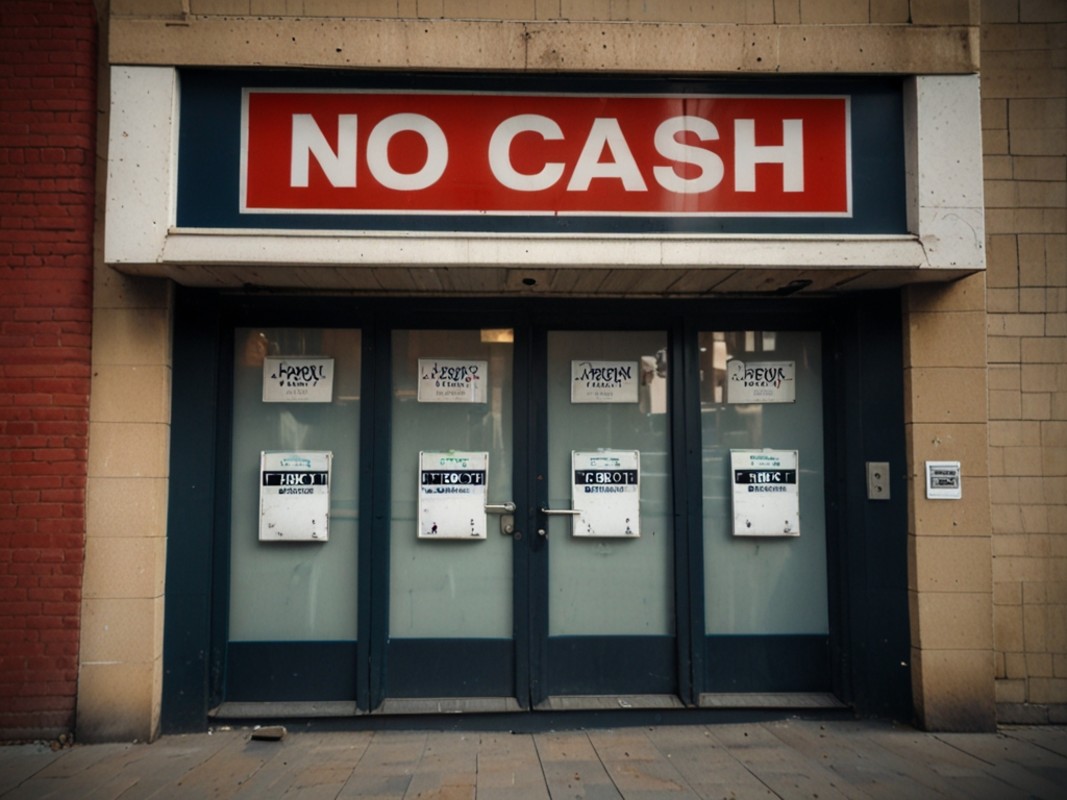Ethereum Foundation Issues $3 Million in New Grants

The Ethereum Foundation has awarded a total of $2.86 million to 20 different projects in Wave IV of its Grant Program.
Announced at the beginning of 2018, the foundation began the new year with a resolution to fund promising projects that develop on Ethereum. Since the program’s launch, the foundation has committed over $14 million to 72 projects, the majority of which has gone to startups focused on scaling, with security and user experience receiving the next most in funding.
The latest wave of capital allocation keeps with the familiar theme of scalability, though it also concentrates almost equally on developer experience projects. Securing $500,000, Status’ Nimbus, an Ethereum 2.0 sharding client, is tied alongside Prysmatic Labs’ Eth 2.0 Prysm client for attracting the most funding. These two are followed by the $420,000 accrued by Spankchain, Kyokan and Connext for a collective project, originally unveiled at DevCon 4, focused on a non-custodial payment channel. To the tune of $375,000, the third largest grant was awarded to Prototypal for “[front-end] state channel research and development.”
Honorable mentions include the $250,000 allocated to Finality Labs’ work on forward-time locked contracts (FTLC) and with a like amount given to Kyokan to develop cash and debit plugins for Plasma, an Ethereum payment channel solution in the same vein as Lightning.
For developer experience, TrueBlocks secured $120,000 to create an open source block explorer, and Gitcoin received $100,000 to kickstart bounty funding on its platform.
In the original post that unveils the program, Vitalik Buterin stresses that “[these] payments are NOT intended to be sources of substantial profit to recipient organizations; they are rather intended to cover some of the costs involved, with the understanding that anyone who participates in the scheme will have access to a unique opportunity to participate in Ethereum 2.0 development.” Outside of an infusion of capital, this “unique opportunity” includes working closely with Ethereum’s core research and development team.
At the end of each grant update, the foundation provides a wish list for the projects it’s looking to fund in the future. At the top of the Wave IV list, the foundation calls for more payment/state channel solutions, Plasma development, smart contract auditing, intuitive wallet designs, key management software and privacy solutions, among others.
This article originally appeared on Bitcoin Magazine.









